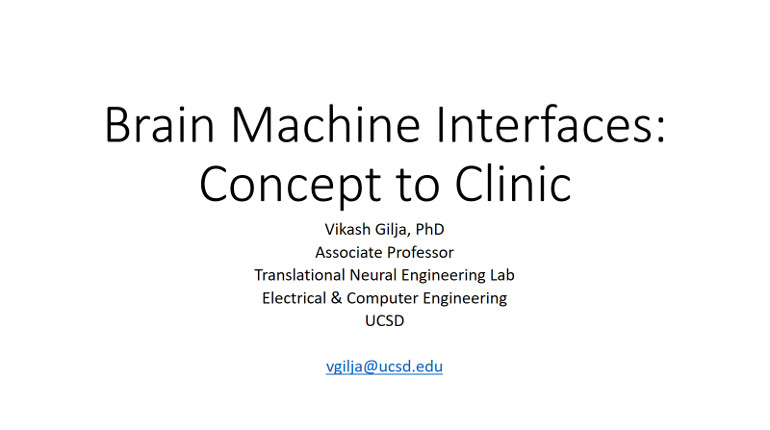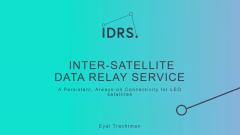
This video program is a part of the Premium package:
IEEE Brain: Brain Machine Interfaces: Concept to Clinic
- IEEE MemberUS $10.00
- Society MemberUS $0.00
- IEEE Student MemberUS $10.00
- Non-IEEE MemberUS $20.00
IEEE Brain: Brain Machine Interfaces: Concept to Clinic
Over the last two decades neural prostheses that aim to restore lost motor function have moved quickly from concept to laboratory development and clinical demonstration. In parallel, advances in neural interfacing technologies poised to broaden clinical application of these prostheses are actively in development in both academic and industry settings. In this talk, I will provide a broad overview of the technical history of these neural prostheses starting from enabling neurophysiology insights to work currently being conducted. Additionally, I will describe research within my own lab with the goal of augmenting neural prosthesis performance and expanding their potential application space. This work will highlight key enabling research collaborations in multiple clinical settings and the development of complementary animal models that accelerate development. We will take a few deep dives to describe the application of statistical signal processing, machine learning, and algorithm design to this research domain.
Over the last two decades neural prostheses that aim to restore lost motor function have moved quickly from concept to laboratory development and clinical demonstration. In parallel, advances in neural interfacing technologies poised to broaden clinical application of these prostheses are actively in development in both academic and industry settings. In this talk, I will provide a broad overview of the technical history of these neural prostheses starting from enabling neurophysiology insights to work currently being conducted. Additionally, I will describe research within my own lab with the goal of augmenting neural prosthesis performance and expanding their potential application space. This work will highlight key enabling research collaborations in multiple clinical settings and the development of complementary animal models that accelerate development. We will take a few deep dives to describe the application of statistical signal processing, machine learning, and algorithm design to this research domain.
 Cart
Cart Create Account
Create Account Sign In
Sign In





